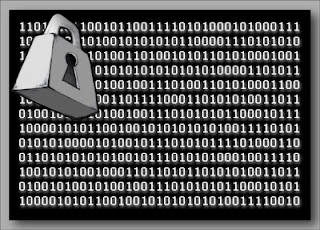From e-mail to cellular communications, from secure Web access to digital cash, cryptography is an essential part of today's information systems. Cryptography helps provide accountability, fairness, accuracy, and confidentiality. It can prevent fraud in electronic commerce and assure the validity of financial transactions. It can prove your identity or protect your anonymity. It can keep vandals from altering your Web page and prevent industrial competitors from reading your confidential documents. And in the future, as commerce and communications continue to move to computer networks, cryptography will become more and more vital.
But the cryptography now on the market doesn't provide the level of security it advertises. Most systems are not designed and implemented in concert with cryptographers, but by engineers who thought of cryptography as just another component. It's not. You can't make systems secure by tacking on cryptography as an afterthought. You have to know what you are doing every step of the way, from conception through installation.
 |
| Cryptography is harder than it looks |
Why cryptography is harder than it looks | Bruce Schneier
No comments:
Post a Comment